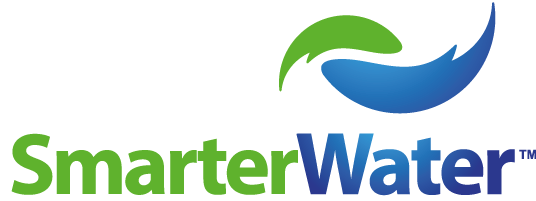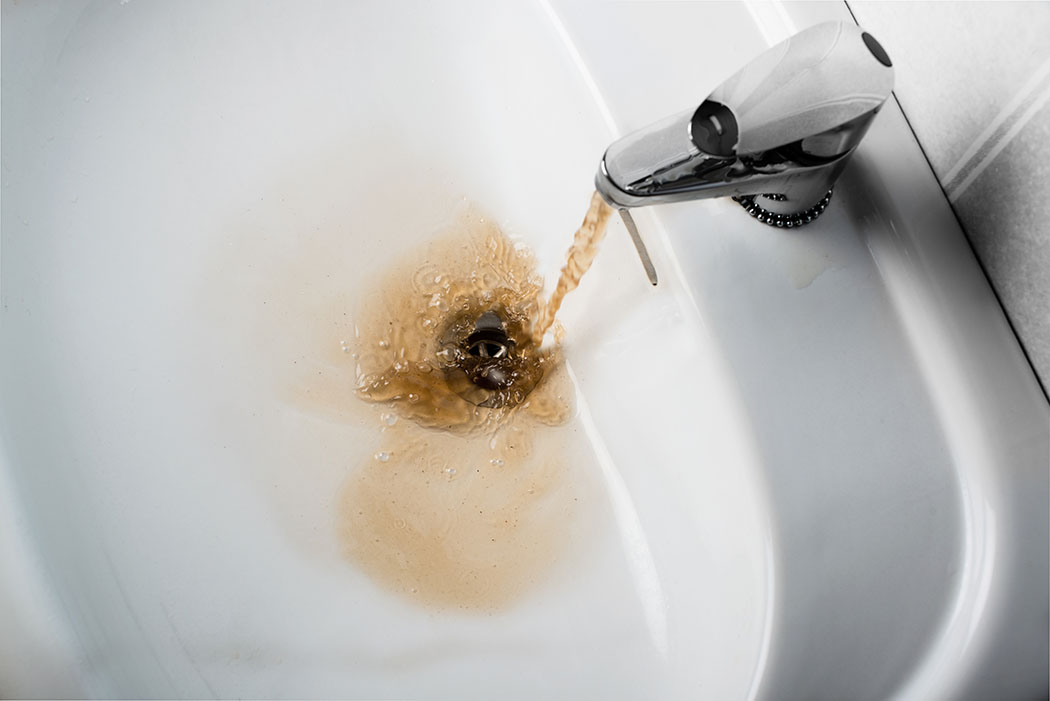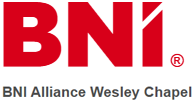In the aftermath of natural disasters like floods or hurricanes, numerous concerns demand immediate attention—securing shelter, sourcing food, and accessing assistance. Amid this turmoil, a vital concern often goes unnoticed: water safety. The journey from contamination to clarity is fraught with invisible threats, but with the proper knowledge and tools, you can ensure your family’s safety when disaster strikes.
Unseen Dangers: Navigating Water Contaminants Post-Disaster
Natural disasters wreak havoc indiscriminately, turning homes, businesses, and natural landscapes into chaos. Amid this upheaval, water—the essence of life—can become a vessel for invisible threats.
Imagine floodwaters mingling with sewage and animal waste, creating breeding grounds for microbiological villains like E. coli and Giardia. These contaminants don’t just muddy the water—they carry serious health risks, from stomach cramps and dehydration to severe symptoms like diarrhea and vomiting.
The dangers don’t stop at pathogens. Chemical contaminants such as lead, arsenic, and pesticides often seep into water supplies from industrial spills or agricultural runoff. These toxins linger long after floodwaters recede, posing risks of poisoning and chronic health issues.
Adding to the challenge is sediment—silt, leaves, and debris churned up by floodwaters, which obscure not just water clarity but also the extent of contamination.
Clearing the Waters: Proactive Measures for Safe Drinking Water
While these challenges can seem overwhelming, there are effective strategies to transform even the most suspect water sources into safe, drinkable water.
- Boiling: A proven method for neutralizing harmful bacteria and viruses. Bringing water to a vigorous boil for at least one minute (longer at higher altitudes) can render it safe for consumption.
- Proper Storage: Treated water must be stored in airtight, clean containers to prevent re-contamination.
- Chemical Treatment: Carefully measured amounts of household bleach or water purification tablets can act as stopgap solutions in emergencies, although they don’t remove chemicals or sediment.
- Filtration Systems: Advanced filtration systems, like Smarter Water’s Combination Filters with UV, provide robust protection, eliminating a wide range of contaminants, including microorganisms, heavy metals, and pharmaceuticals.
Empowerment Through Knowledge: Your First Step Toward Water Security
The path from contamination to crystal-clear water isn’t just about emergency responses—it’s about embracing preparedness as a way of life. Knowing the threats that can infiltrate water supplies and understanding how to combat them empowers you to protect your family’s health and well-being.
Preparedness goes beyond responding to disasters—it’s about resilience. Educating yourself on water safety, investing in reliable tools, and adopting proactive measures can help you stay one step ahead of contamination.
Smarter Water Solutions: Advanced Systems for Your Family’s Safety
When it comes to protecting your family’s water, Smarter Water’s Advanced Combination Systems set the gold standard. Designed for city and well systems alike, these filters tackle a comprehensive range of contaminants, including:
- Turbidity and sediment
- Chlorine and PFAS
- Pathogens and heavy metals
- Pharmaceuticals
With Smarter Water, you’re not just responding to contamination—you’re proactively ensuring your water remains a source of life, no matter the circumstances. Together, with knowledge and cutting-edge technology as your allies, you can turn the tide against waterborne threats and safeguard your family’s future.
Contact Smarter Water Solutions today to learn more about how our filtration systems can protect your family’s health and peace of mind, even in the face of disaster.
Citations:
https://www.unwater.org/water-facts/water-and-disasters
https://www.cdc.gov/drinking-water/about/water-quality-and-your-health.html
Author: Loretta Bauman, Smarter Water Health Advocate.
![]() Water systems are designed, assembled, and packaged in the U.S.A.
Water systems are designed, assembled, and packaged in the U.S.A.






